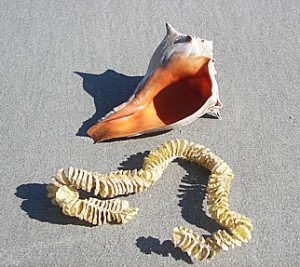These days – Absolutely! In past decades it was not uncommon to substitute succulent scallops with shark or the wings of a sting ray. The scallop industry has been thriving since 1970’s and this has not been the norm. How can you tell? Real scallops will break apart very easily when separated, also, the meat will be lengthwise.
Do you have another great question? Check out www.beachchairscientist.com and let us know!











What people are saying …